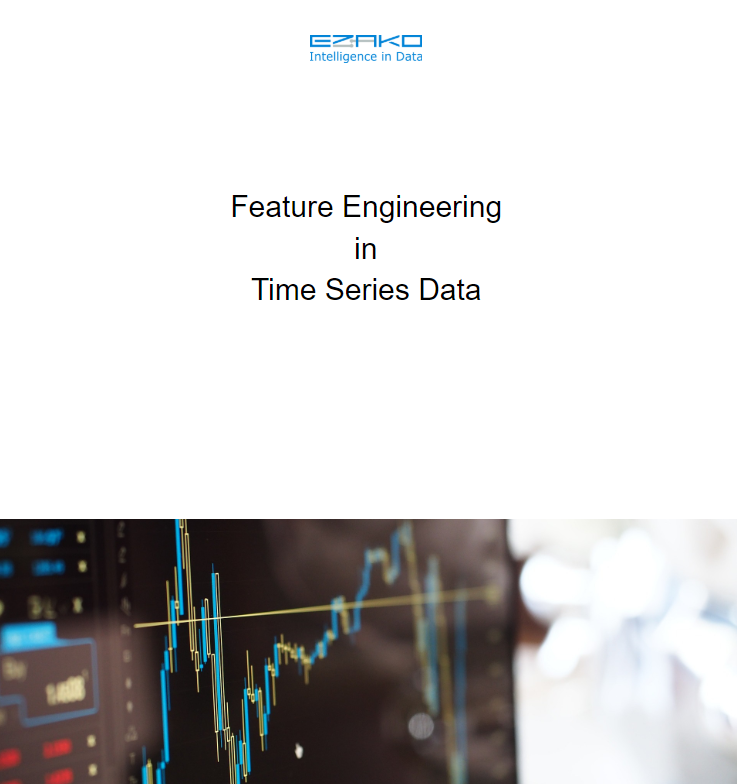Which features do you need to train a machine learning model with time-series data?
The aim of this document is to introduce and briefly describe the features you can build to train a machine learning model when working with time series. Depending on your problem you will choose a set of these features or you might even build your own ones.
So what will you get?
What is particular about time series that make them different from other types of data, is that data points are ordered chronologically and that it is possible to get information by understanding the patterns in the sequence of data points.
Time series have properties as memory, correlation, trends or seasonal variation that leave traces over time. Being able to reveal these traces will allow you to identify patterns preceding a given behavior and make predictions of the future evolution of your time series. It will also allow you to identify what is normal behavior from abnormal, a field of huge interest lately, due to their variety of application widely across in many businesses: malfunctioning monitoring, health monitoring, mass production defaults, fraud detection or intrusion detection among others.
So, in order to uncover these patterns data must be analyzed in sequence groups and not as isolated points.
Time series have properties as memory, correlation, trends or seasonal variation that leave traces over time. Being able to reveal these traces will allow you to identify patterns preceding a given behavior and make predictions of the future evolution of your time series. It will also allow you to identify what is normal behavior from abnormal, a field of huge interest lately, due to their variety of application widely across in many businesses: malfunctioning monitoring, health monitoring, mass production defaults, fraud detection or intrusion detection among others.
So, in order to uncover these patterns data must be analyzed in sequence groups and not as isolated points.


